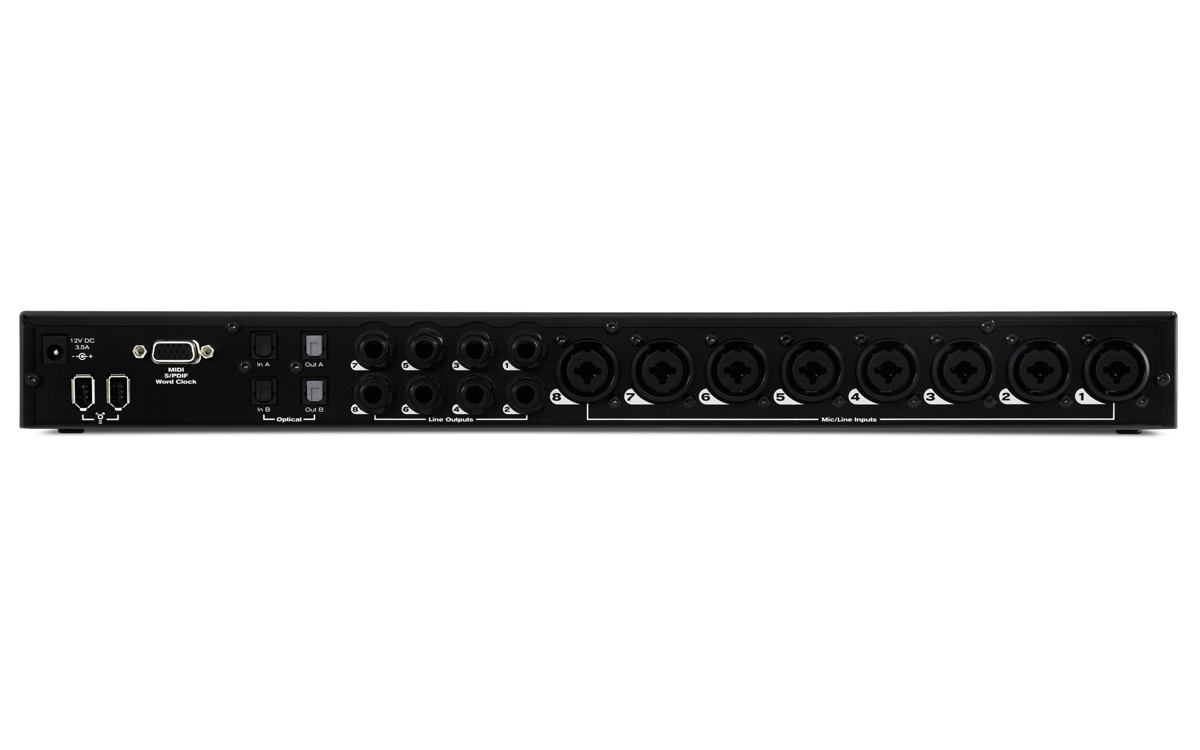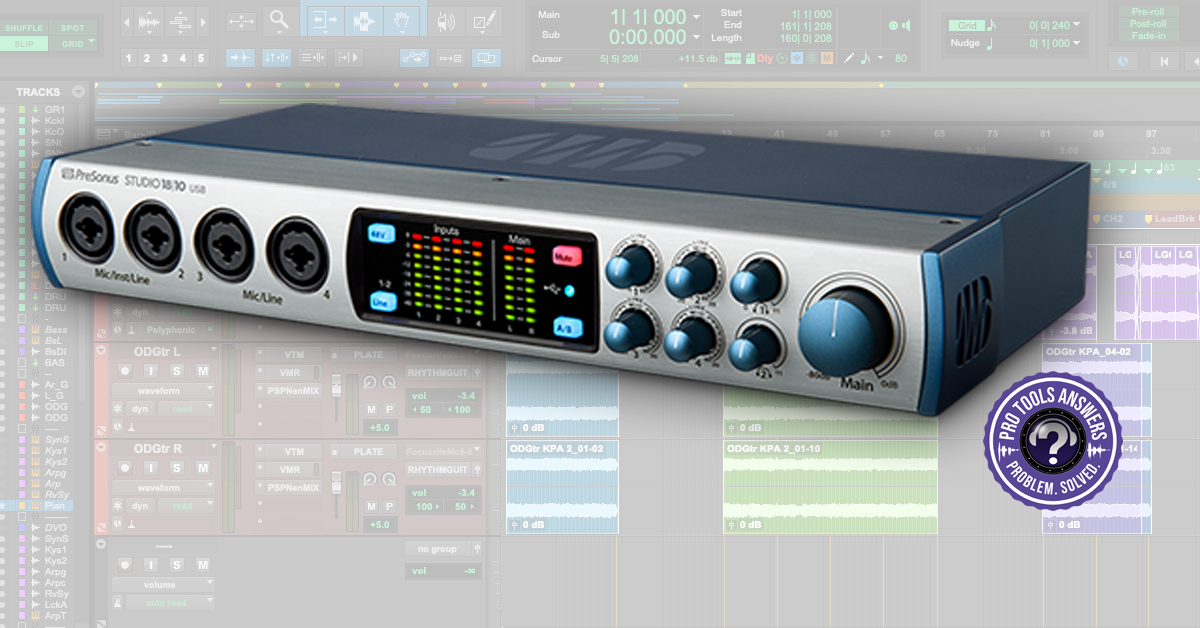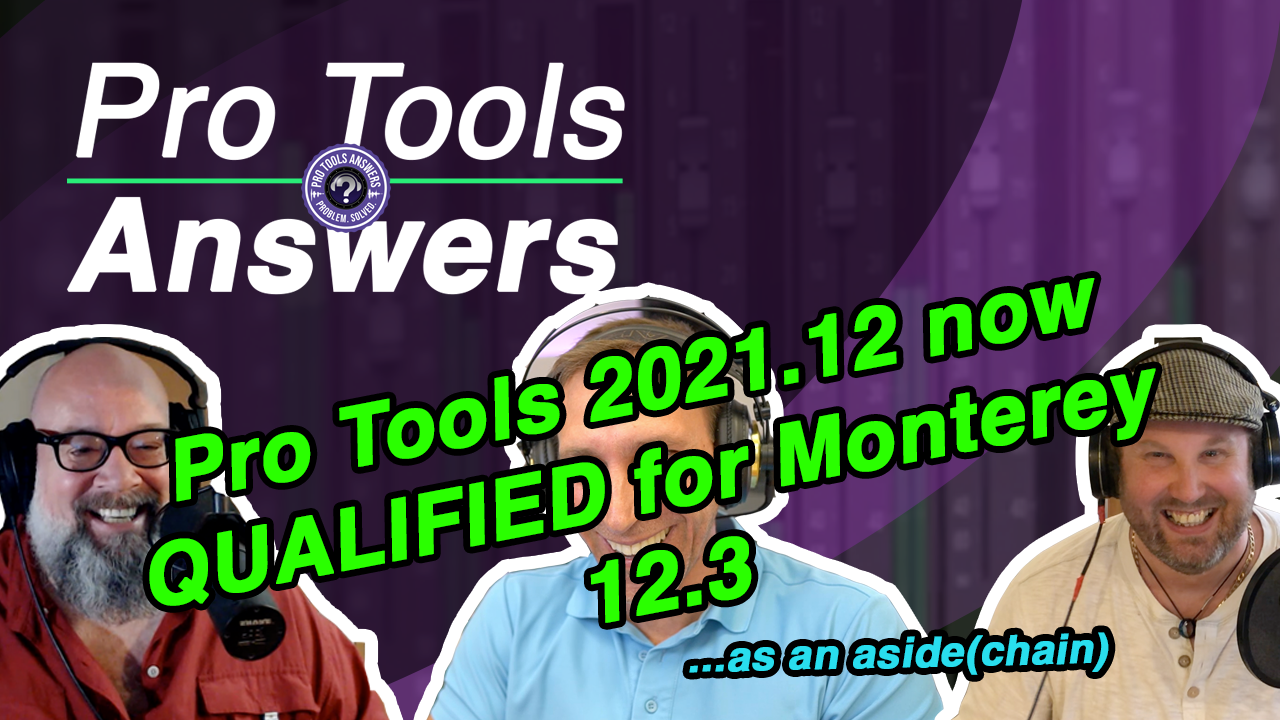One of the questions that we see often popping up in our support forums is “what interface do you recommend”? There are so many at various price points but what’s best for one might not be best for another, and there are some key things that you should think of to help you narrow down your search fairly quickly and easily.
This guide is aimed at new users and students. If you’re an experienced engineer, you likely already have an idea of what you’ll be looking for.
1. Price
If an interface is out of your price range, there’s no point in considering it. Pick your favourite retailer and filter out everything above over a dollar value that you want to pay.
2. Inputs
The first most important question is “what instruments am I going to record?” This can help you understand how many microphone inputs you’ll need. Here’s a quick guide:
• Vocals – 1 input, although most interfaces will have at least 2 (for recording stereo sources)
• Acoustic guitar – 2 – 4 inputs although most, I’d wager, would use 2.
• DI Acoustic guitar – 1 input
• Electric guitar – 1 – 4 inputs although most, I’d wager, would use 2.
• Keyboards – 2 Inputs
• Piano – 2 Inputs (Possibly 4 if you want to capture the room as well)
• Brass and Wind – 1 input
• Bass – 1 Input, although you may want to record 2 using a DI and a microphone.
Where things become a bit more serious is where you want to record drums. Drums can be recorded with anywhere between 1 and 12+ microphones but you’ll need some serious skills to capture a great drum recording with 1-3 microphones.
Also consider how many of these instruments you might want to record at once.
• Guitar/Keys/Piano and Vocals = possibly 3 channels.
• Backing track + Piano/guitar = Vocals – 5 channels
etc, etc, etc.
You’ll want to give this a lot of thought. There’s little more frustrating than not having enough inputs. Some units will allow expansion (using ADAT) but we’re getting a bit advanced quite quickly, as well as pushing the price up considerably.

3. Outputs
All interfaces will have at least 2 main outputs to plug your monitors (speakers!) into. There will also be a headphone output that will mirror the main output. For most users or Producers, this will suffice.

There are some reasons for wanting more outputs to consider:
• More than 1 Headphone output (and more specifically – more than one headphone Mix)
• Surround sound mixing
• Multiple monitors speakers (Nearfield, Far-field, etc)
Most interfaces will have 1 headphone output. Some interfaces will have 2 (such as the Presonus 1810 above), both of which mirror the main output.
Some interfaces, such as Focusrite’s, provide 2 headphone outputs that can be configured to be independant of the main output, meaning that you can have 2 headphone mixes from the device – for example: for when you’re a Producer/Engineer in a single room with a musician and you want a different mix each.

4. USB / Thunderbolt / Firewire / Dante (Cat6) Connection
By now, you should have a very good idea about which interface you’re going for. The input/output combination in a certain price range will likely have a thrown up a few options.
You may now have these in USB, FireWire or Thunderbolt options. (If you have a Dante option, you’re likely looking to spend a significant amount of money)
The connection type may determine the efficiency of your system. Thunderbolt interfaces will be able to pass the digital data with incredible efficiency and will provide a solid experience.
FireWire has always been a solid connection type, with the FireWire controllers being independant of the main CPU system so the speed of transfer was always dependable and, for a long time, professional devices were FireWire based.

USB 3.0 will be the most recognisable for most and the speed of USB 3.0 is fine these days. USB 2.0 has a limited bandwidth but I have plenty of success in recording 32 channels into Pro Tools via Presonus StudioLive and Behringer X32 systems so it’s difficult to suggest that it’s not up to the task.
USB, though, is regulated by the CPU and bandwidth is shared so it may not always be the most efficient option but, again, having never run into any problems with moderate sized recordings and sessions with a USB 3.0 system, it’s fair to say that it’ll be just fine.
Your available connections on your specific computer may be the ultimate decider. If you have limited USB ports (Macbooks spring to mind) then a Thunderbolt Interface might be a good solution.
If you have a FireWire port available, this is a great way to go.
Which ever you choose, it’s unlikely that your experience will be much different between these options.
5. Manufacturers
It’s likely that you’ll narrow down the choices and you’ll be torn between manufacturers. Ultimately, you’ll get different opinions depending on who you speak to but, realistically, they’re all incredibly close these days and for a first unit it’s unlikely you’d be able to detect any differences.
That said, we’re confident in using Interfaces by Focusrite, Presonus, Avid, MOTU, Universal Audio. There are others of course, but these would be the manufacturers that we’d look to first.
But if you’re stuck between choosing between two – you’ll have to make a decision in the end. If it was between Focusrite and Presonus, for example, it might just come down to which one you like the look of!
6. Advanced options
The advanced considerations will be:
• Preamp quality
• MIDI Interface
• ADAT and Wordclock connections
• Quality of the DAC
• Quality of the filters
• Phase, Pad, Filter buttons on your inputs
If you’re beginning your journey – I wouldn’t worry about these, but feel free to Google the terms and learn about them. What they offer might help you in the future.
Preowned Market
If you don’t mind not buying new, consider the pre-owned market such as Facebay or Ebay. The quality of Interfaces have been pretty good for a long time now so you can buy a unit that that’s a generation or two behind and you’ll still have a great sounding interface.
The thing to be careful with is compatability for drivers, even for Macs. Developers won’t support operating systems forever and hardware will inevitably not work with future operating systems. It’s just the nature of life!
Hopefully this has given you some ideas. We can only wish you luck!



